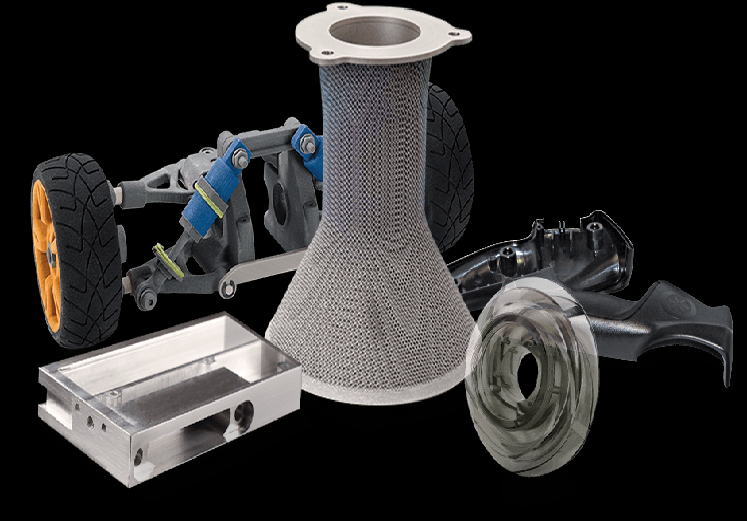
General Knowledge for the Engineer dealing with Rapid Prototyping Services
Engineers usually think they have everything covered. This is not a controversial take, most of these professionals are trained to handle multiples tasks at once, and they tend to forget the remaining players on their teams at times. When an issue on a manufacturing project comes forward, they can even take the guilt about something that is not directly related to their roles. Engineers need to have a continuous communication process open with the others departments working on a task can help these team members to get a better grasp at what they need to fulfill and get better results.
These are some of the things every engineer needs to consider when they are working on the creation of a product:
Learn Everything You Can From the Prototype
Rapid prototyping services is one of the best technologies out there, and it has allowed many professionals in the manufacturing field to step up their game and deliver products quickly to clients that are continually demanding more from them each day. Engineers need to take notice of every single detail on the prototypes they are working with. Most of the performance issues created by a product are sorted out when the prototype reach their hands, so they must pay attention to every tiny detail. Even the slightest curvature can bring performance issues, and it’s their job to sort it out.
3D Printers Offer Final Results Based on Human Programming
This one usually hits harder than all the other considerations in the list, but it’s also true, no matter how you want to slice it: a prototype is only as successful as the engineering and design that goes into it. Most professionals work with CAD files or STL software. The development of a prototype on these programs takes time, and it can’t be rushed. Any mistake will be translated to the final prototype printed by the machines. Blaming the software doesn’t work here nor is recommended. The programs and the 3D printers deliver results based on human input, so is best to make sure that the product is designed according to specifications.
A Prototype is as Costly as the Material we Use on It
Every manufacturing project demands particular features regarding the use of materials. These usually drive up the cost of the final product, and it’s up to the engineer to determine just how many polymers, metal or plastics are needed to craft a functional model. While many engineers prefer the safe route to test a prototype more than once, this can be very expensive for companies that can’t take that kind of costs. It’s their job to make tooling more accessible if they are working for a rapid prototype service that guarantees the delivery of prototype as a part of a special offering.
Engineers learn from doing many test runs and by basic rules of trial and error. They need to remember that if they are working employees, their different test has a cost for the company. Some of them can afford it on cheap material, while others demand precision and accuracy.








